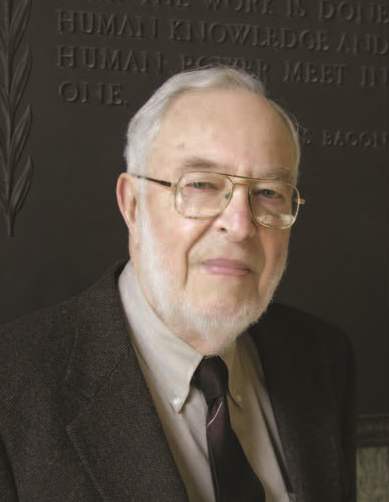Year: 1997
But are mechanical and thermodynamic equilibria identical? And is the external pressure thermodynamically relevant? To be invoked is an important premise, which evolved some 50 years after pressure and equilibrium had been defined: the principle of detailed balancing, which characterizes equilibrium in its most general form. This paper shows that it is a direct consequence of that principle that the thermodynamically-relevant pressure is indeed the internal, rather than the external pressure. This result leads to a generalization of the Maxwell-Einstein diffusion force, fD' which is highly significant at interfaces. But such a force is motive, and its properties are drastically different from those of dissipative forces.
By an example, it is shown that the interaction of motive and dissipative forces in a system is governed by the principle of conservation of energy. An important conclusion will then be shown: mechanical and thermodynamic equilibria are very different from one another, even though one cannot be satisfied without satisfying the other. Theoretical predictions of the present and classical thermodynamic formulations, applied to diodes and solar cells, will be compared with extensive experiments that were reported by some 27 authors, over a period exceeding a quarter of a century. The experiments were conducted in the temperature range of 4.2-800?K. Current variations in some cases varied over a range whose maximum to minimum ratio exceeded 10lD. Results of the present thermodynamic formulation depart drastically from those of the classical formulation, but have accurately agreed with experiment.


